Tactical Evolution in La Liga Over the Decades
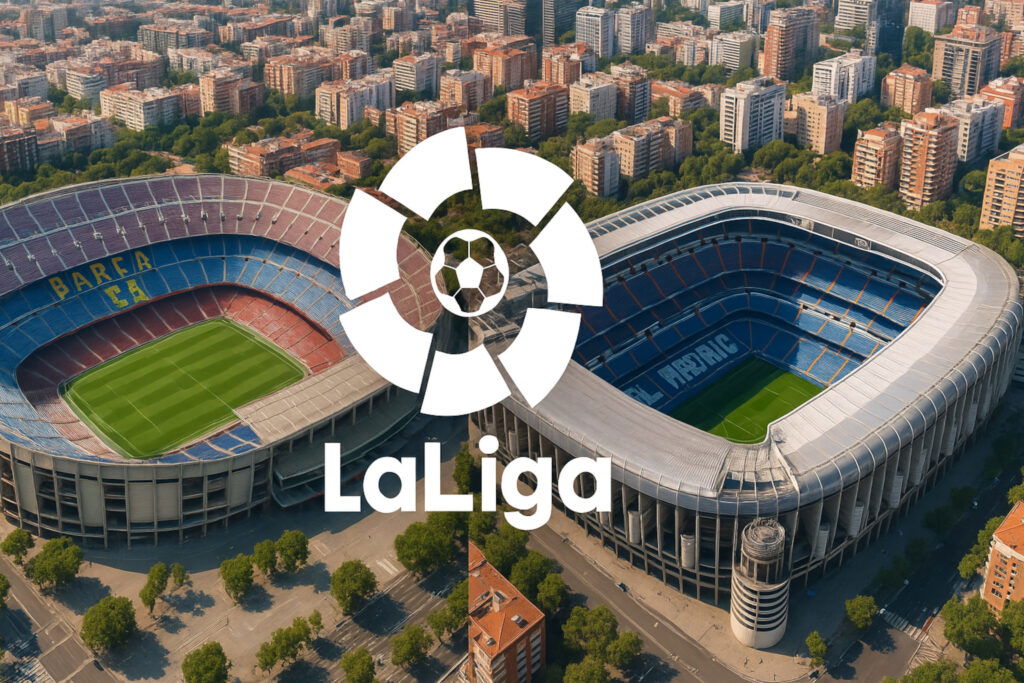
La Liga has long been a proving ground for tactical innovation. From the elegant possession play of Real Madrid in the 1950s to the pressing systems of modern-day sides, Spanish football has never stood still. Each decade has brought shifts in approach, shaped by managers, players, and wider trends in global football. This article explores the changing face of La Liga tactics from the 1950s to today.
1950s and 1960s: Structure through Stars
In the post-war years, Spanish football was defined by individual brilliance more than tactical organisation. Real Madrid’s five consecutive European Cups between 1956 and 1960 were built on a 3-2-5 formation that allowed Alfredo Di Stéfano to roam freely. Players were given creative licence, with defensive structure often sacrificed in favour of flair.
Barcelona and Atlético Madrid also relied on expressive players but lacked the same strategic dominance. Defending was man-to-man, goalkeepers stayed rooted to their lines, and tactical changes were rare during matches.
1970s: Defensive Discipline and the Rise of the Libero
The 1970s brought greater tactical rigidity. Influenced by Italian catenaccio and West German structure, teams in Spain began to favour deeper defensive lines. The libero (sweeper) emerged, especially among mid-table clubs looking to frustrate more dominant sides.
Off the ball, pressing remained limited. Attacking was largely dictated by individual skill, although there was a gradual shift towards the 4-4-2 as teams sought more midfield balance.
1980s: Tactical Stability and the Legacy of Luis Aragonés
By the 1980s, La Liga clubs adopted more standardised formations. The 4-4-2 became near-universal. Luis Aragonés, especially during his time at Atlético, was instrumental in popularising a direct yet controlled style of play. He encouraged fast transitions and valued physicality alongside technical ability.
The focus on team shape and balance grew stronger. Defenders played flatter lines, and zonal marking slowly began to replace man-marking, particularly in top teams.
1990s: The Birth of Modern Possession Play
The 1990s saw a technical renaissance. Johan Cruyff’s appointment at Barcelona in 1988 changed the course of Spanish football. His version of Total Football introduced positional play, fluid passing triangles, and an emphasis on keeping the ball.
Barcelona’s 3-4-3 Diamond and later 4-3-3 influenced a generation. Midfielders became central to controlling games rather than just linking defence and attack. Though not all La Liga teams mirrored this style, Cruyff’s philosophy reshaped Spanish football at its roots.
2000s: Pragmatism and European Success
By the 2000s, La Liga clubs had grown more tactically adaptable. Vicente del Bosque’s Real Madrid blended possession with counter-attacking power, accommodating the Galácticos within a 4-2-3-1. At the same time, Rafael Benítez’s Valencia introduced a compact, disciplined shape that thrived in both domestic and European competition.
Midfield duos became more specialised, with clear divisions between defensive and creative roles. Teams switched between 4-4-2, 4-2-3-1, and 4-3-3, depending on opposition and available players.
2010s: The Era of Pressing and Positional Mastery
Pep Guardiola’s Barcelona side of 2008 to 2012 became one of the most tactically influential teams in football history. Their pressing, known as gegenpressing, and positional dominance redefined control. The midfield trio of Busquets, Xavi, and Iniesta operated with precision, dictating tempo and space.
This period also saw the wider adoption of the high defensive line, false nine role, and inverted full-backs. Atlético Madrid under Diego Simeone countered this with a low block and swift counter-attacks, making 4-4-2 defensively viable again at the highest level.
La Liga was now a league of contrasting philosophies. Matches became tactical duels rather than simply technical showcases.
2020s: Tactical Versatility and Data-Driven Decision Making
Today, La Liga teams operate with greater tactical versatility than ever before. Formations are fluid, pressing systems are fine-tuned, and transitions are tightly drilled. Coaches such as Imanol Alguacil, Jagoba Arrasate, and Míchel Sánchez have shown that tactical intelligence extends beyond the traditional giants.
Real Madrid and Barcelona still dominate, but their approaches have shifted. Real blend individual talent with strategic flexibility, often switching formations mid-game. Barcelona, post-Guardiola, have sought to recover identity while embracing tactical pragmatism.
There is also a clear influence from analytics, with set pieces, spacing, and workload monitored more closely. The use of overlapping centre-backs, double pivots, and hybrid roles reflects a more sophisticated understanding of match control.
Takeaway
La Liga’s tactical evolution reflects a balance between tradition and innovation. The league has moved from individual expression to structural complexity, shaped by international influence and home-grown philosophy. While style may differ across clubs and eras, one constant remains: a commitment to thoughtful, technical football that challenges conventions and adapts with time.





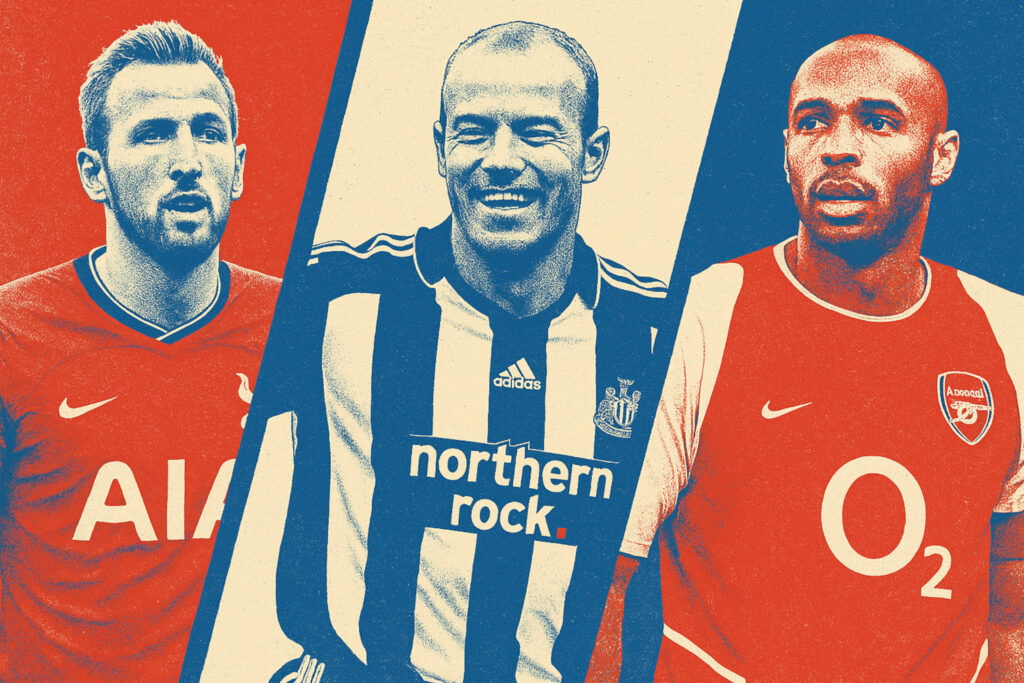
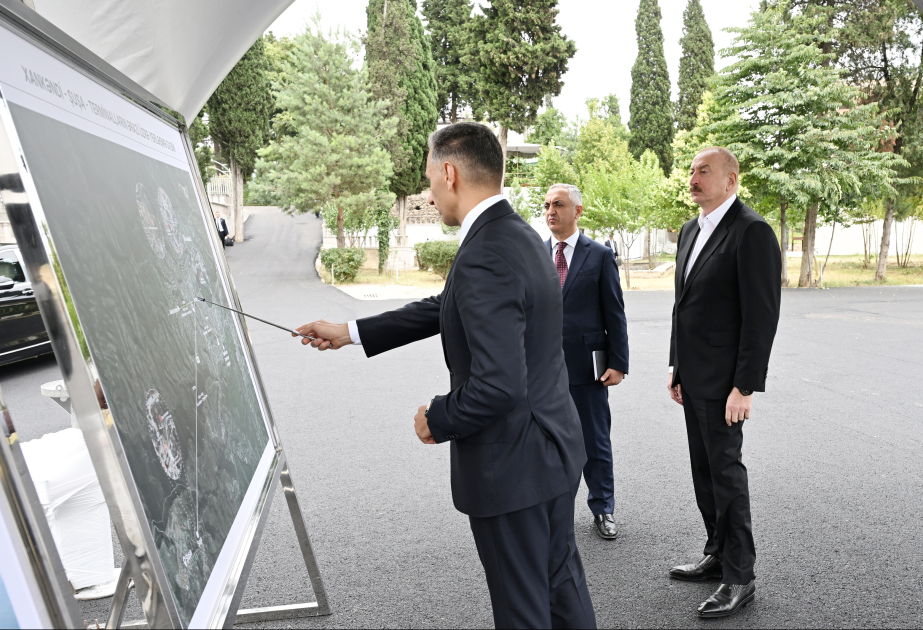

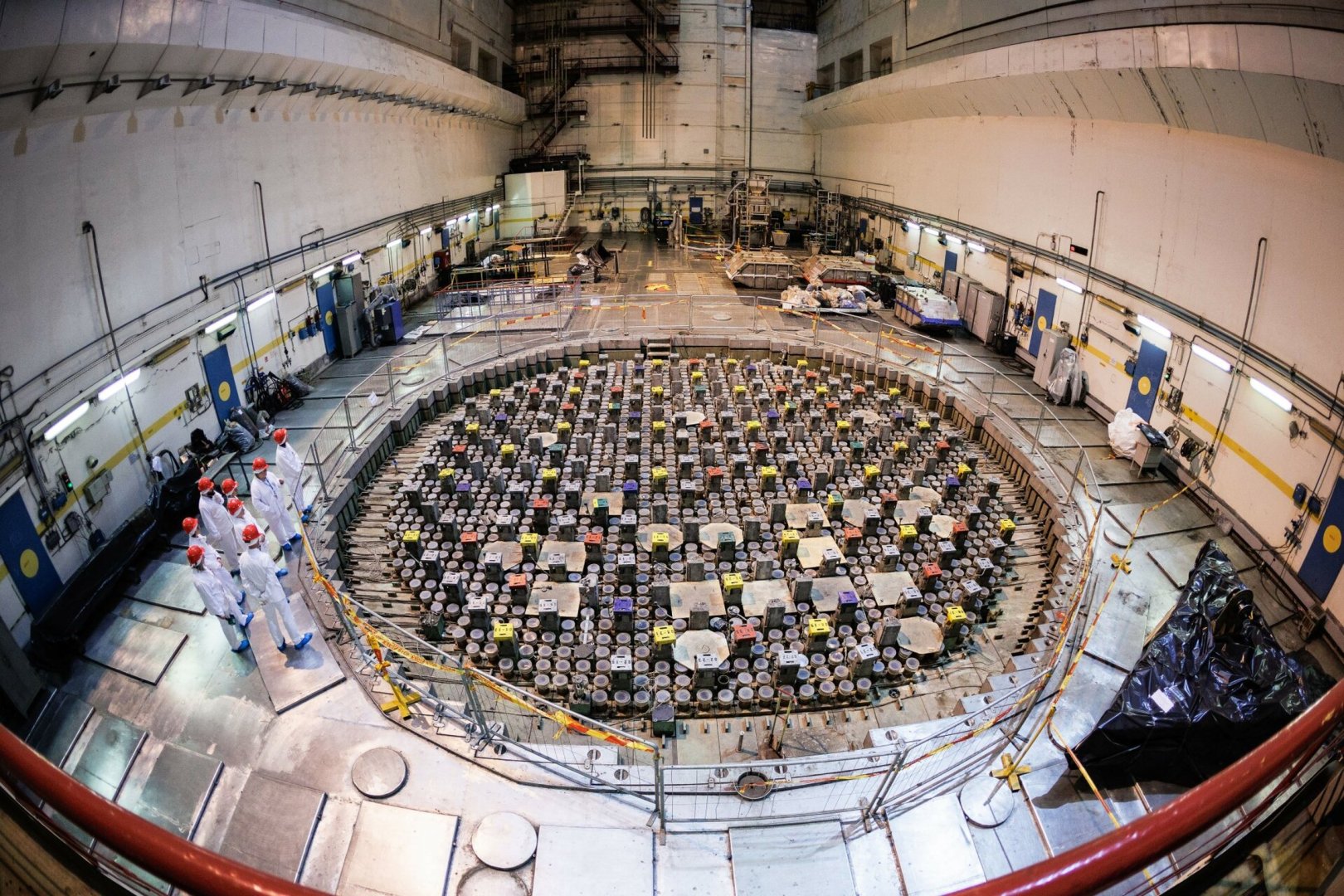










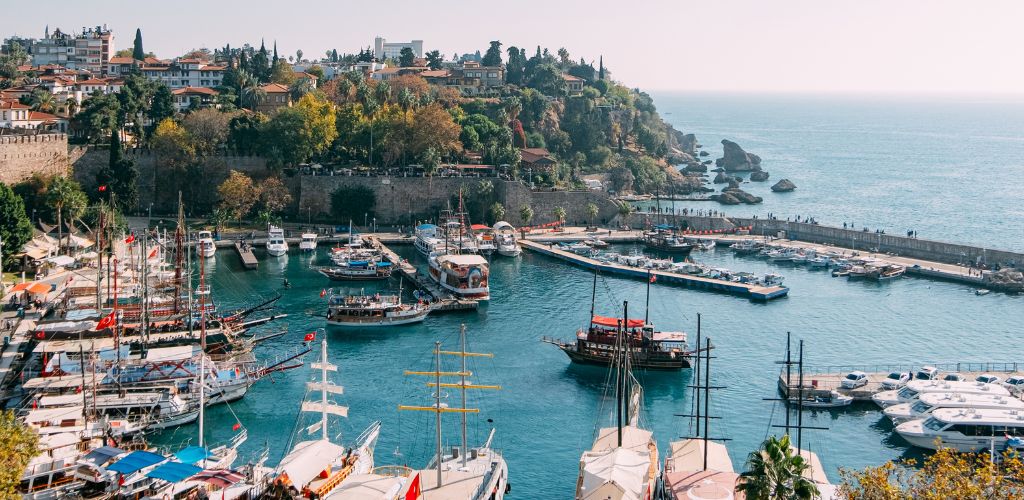

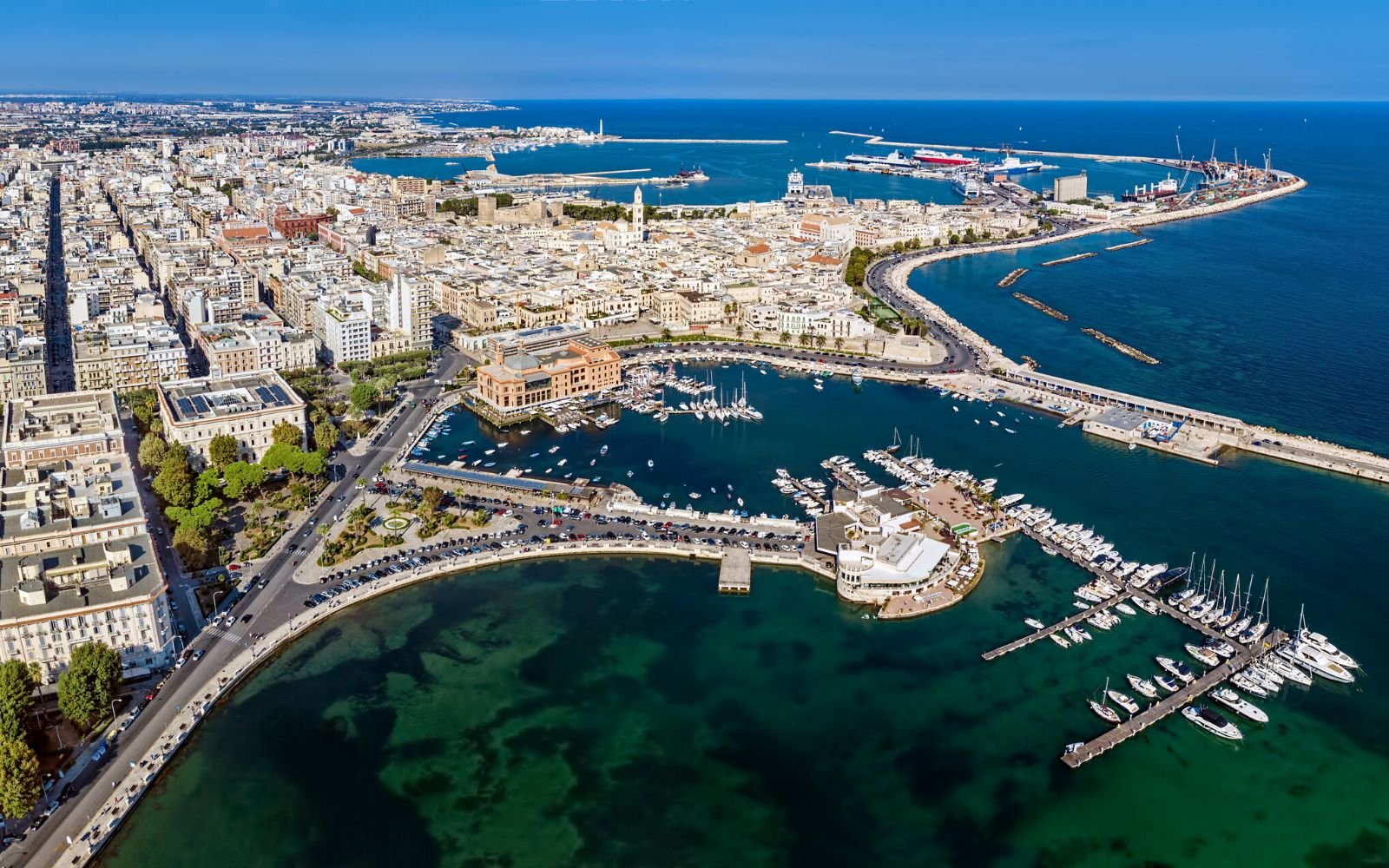
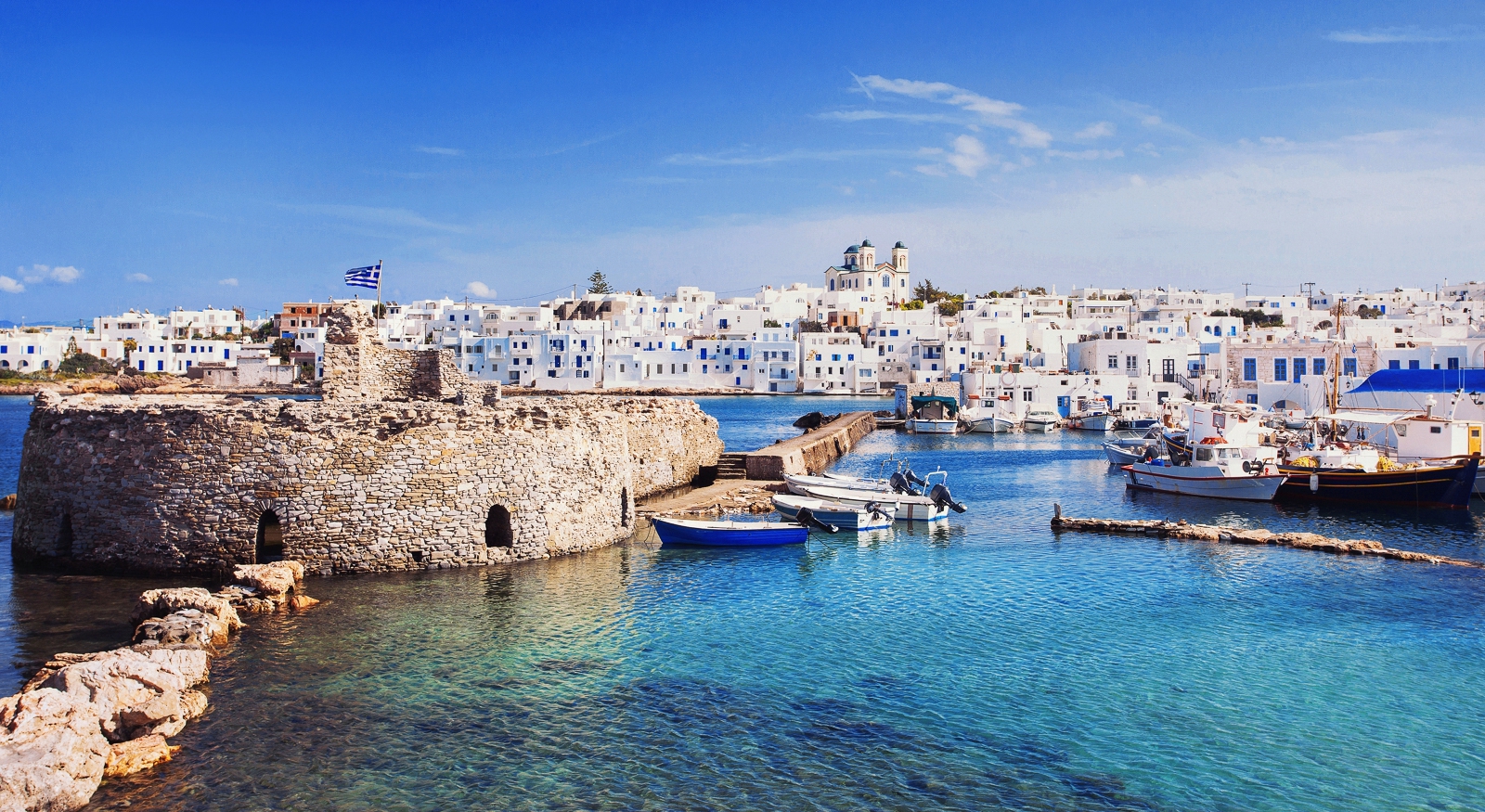






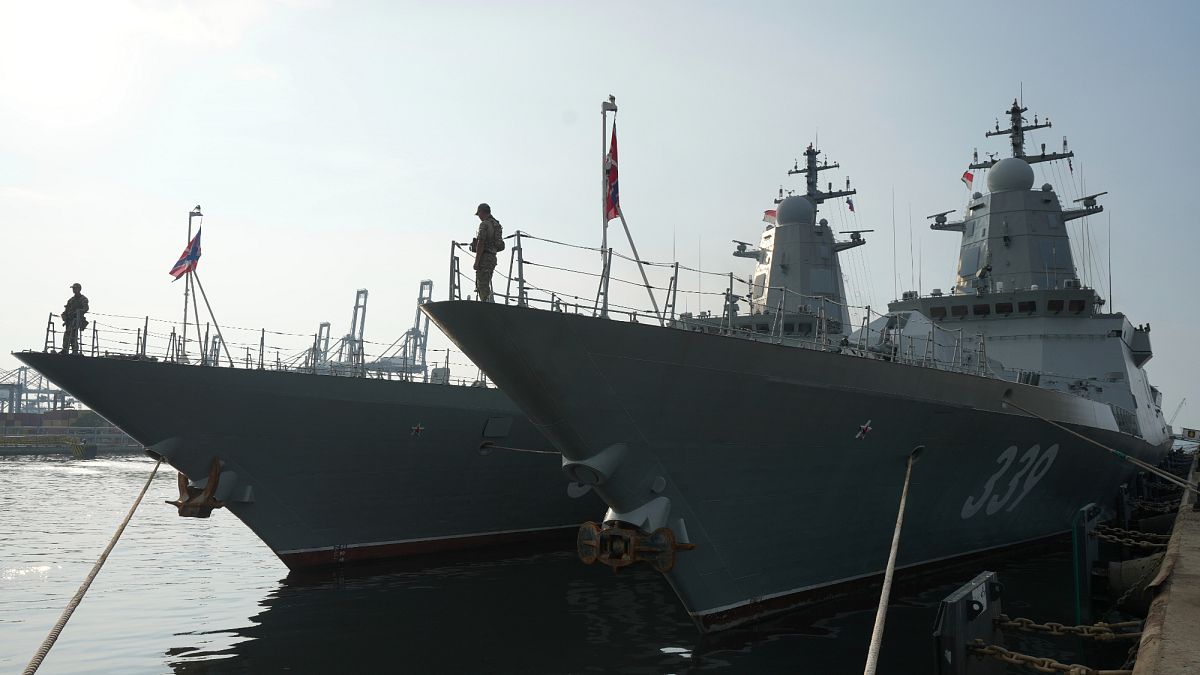

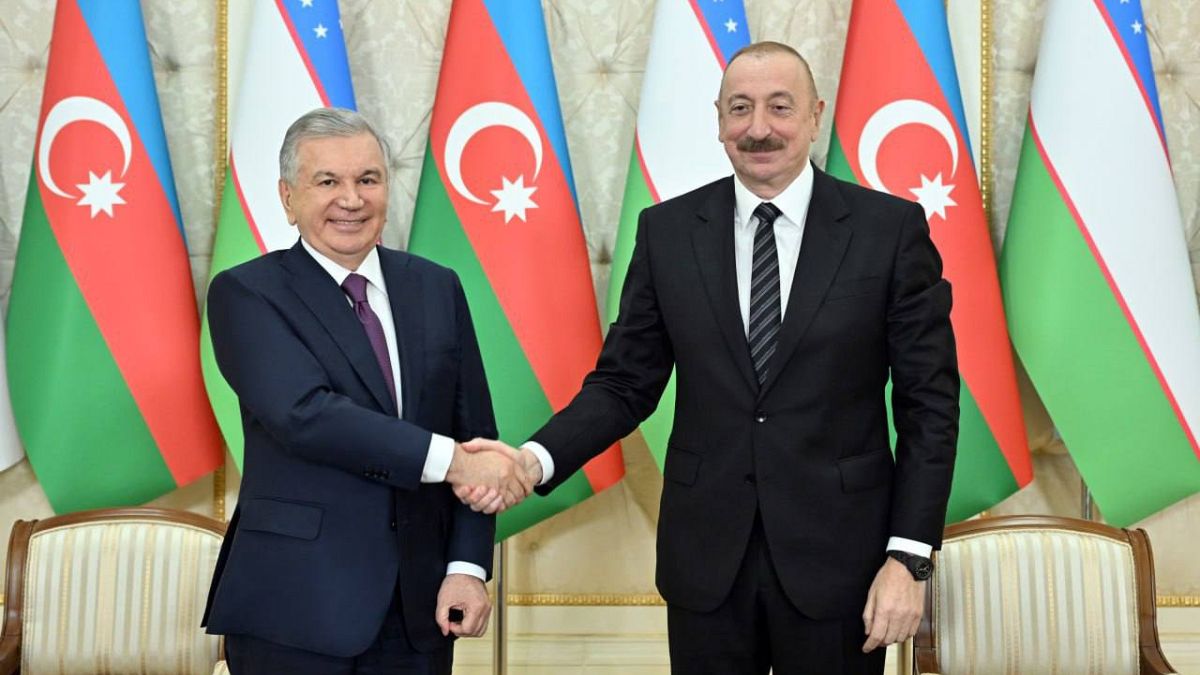





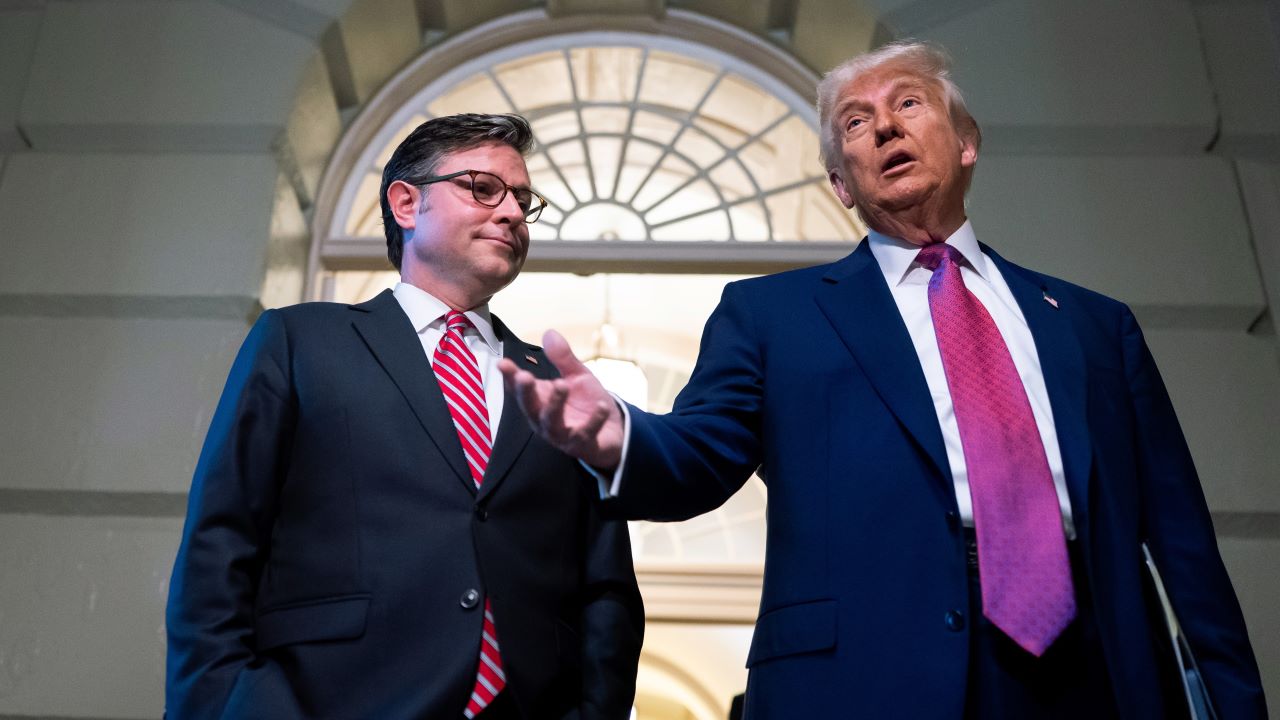
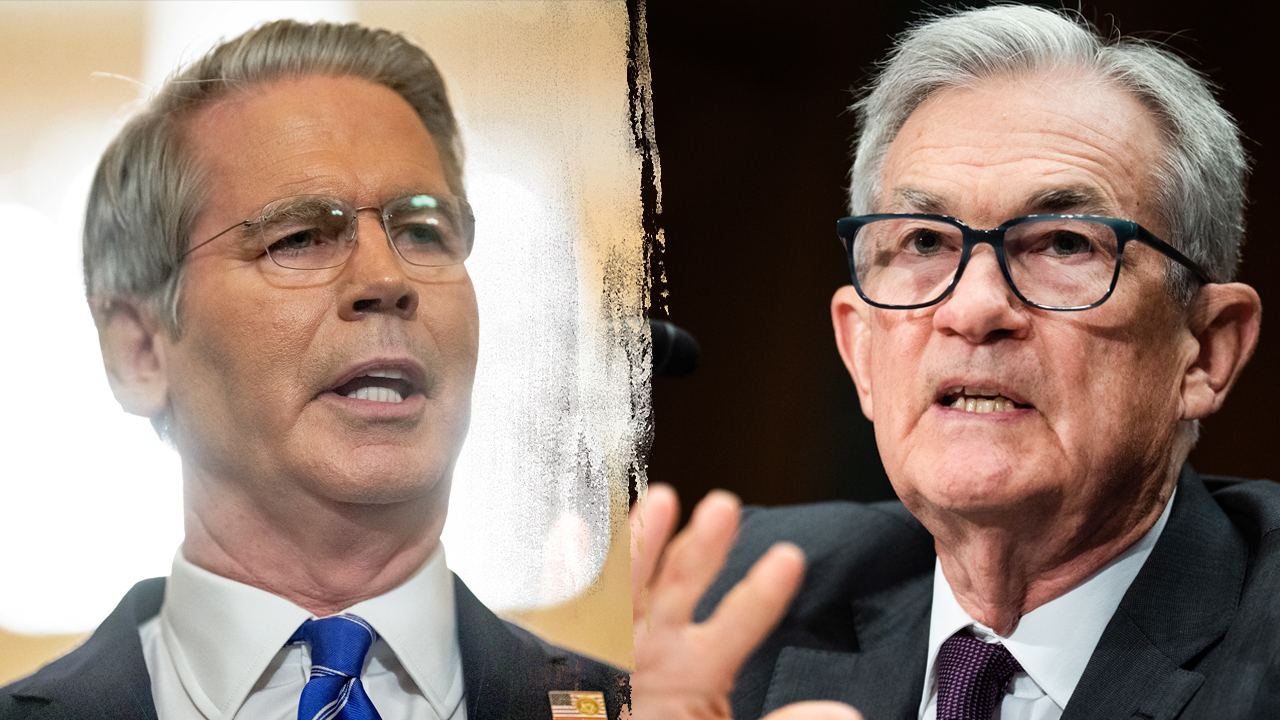




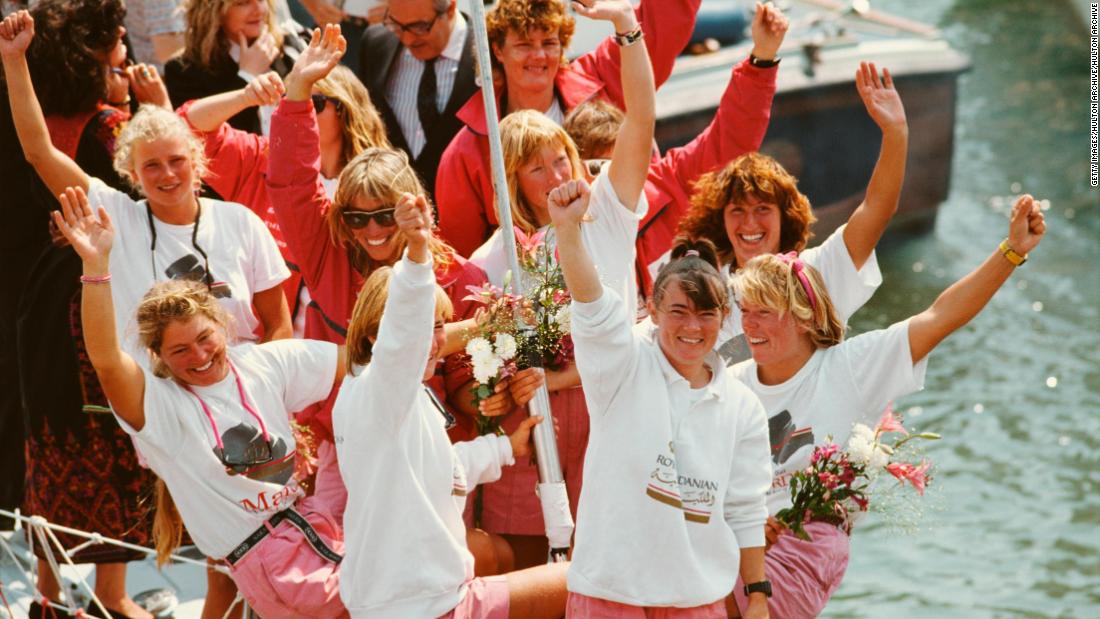
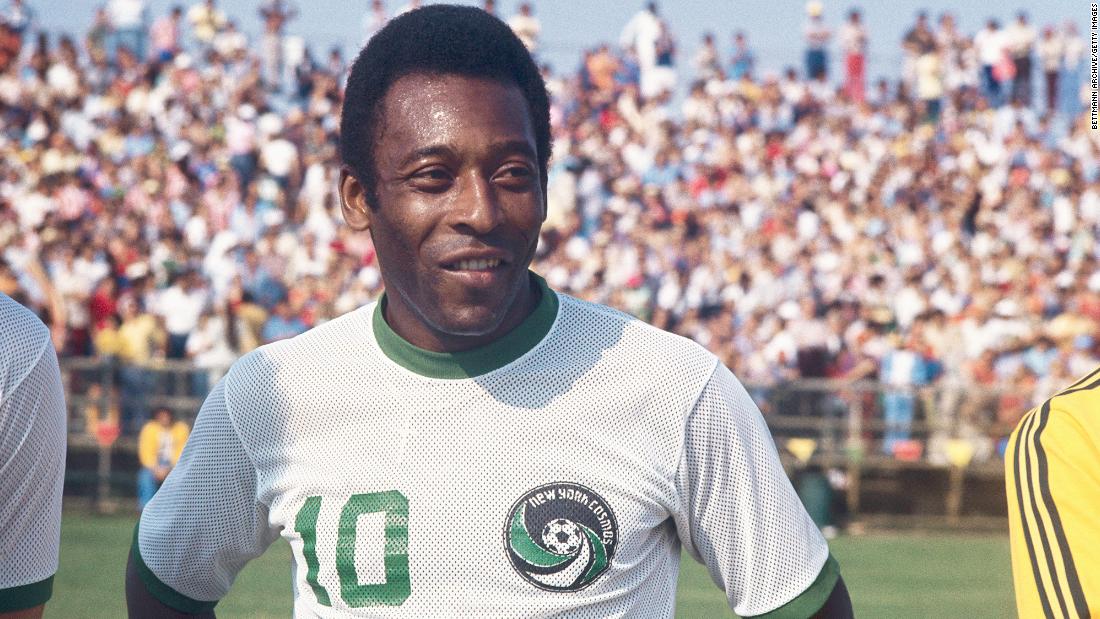
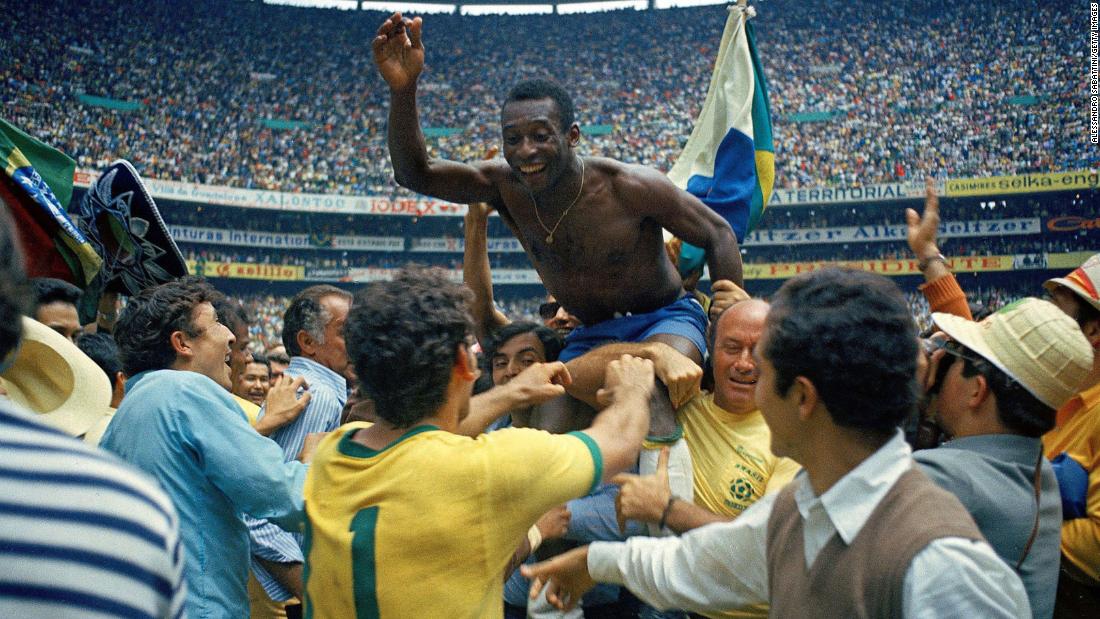
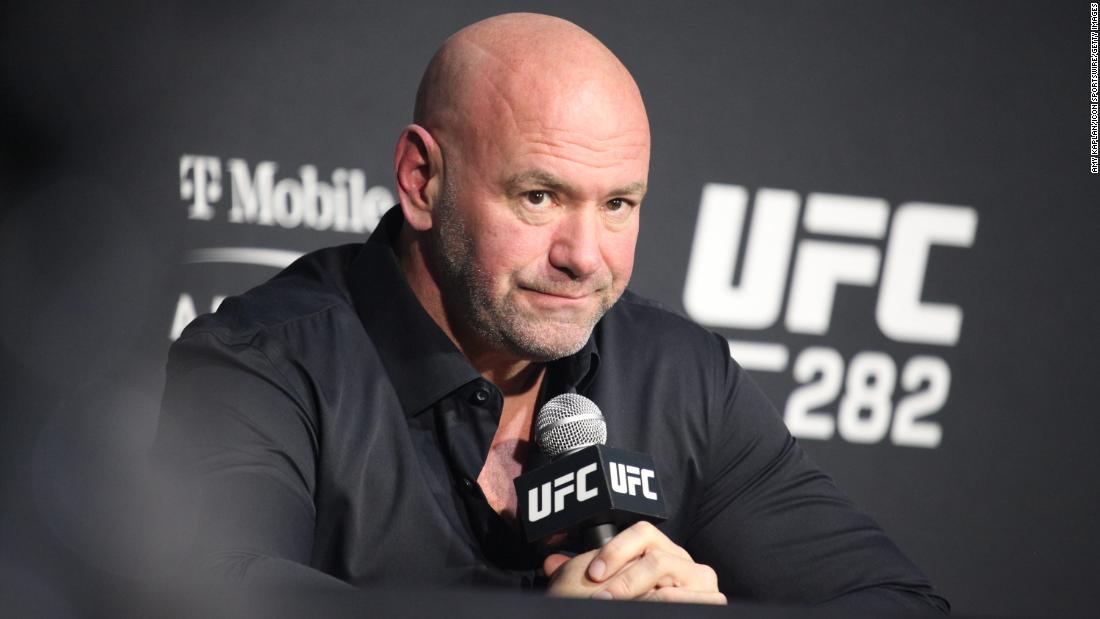
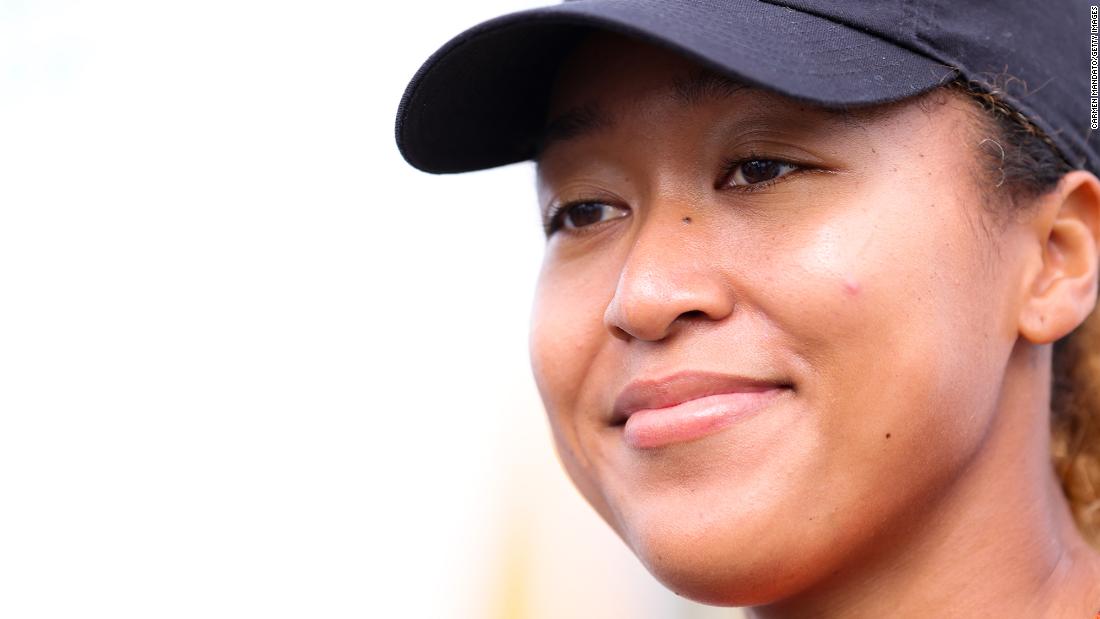
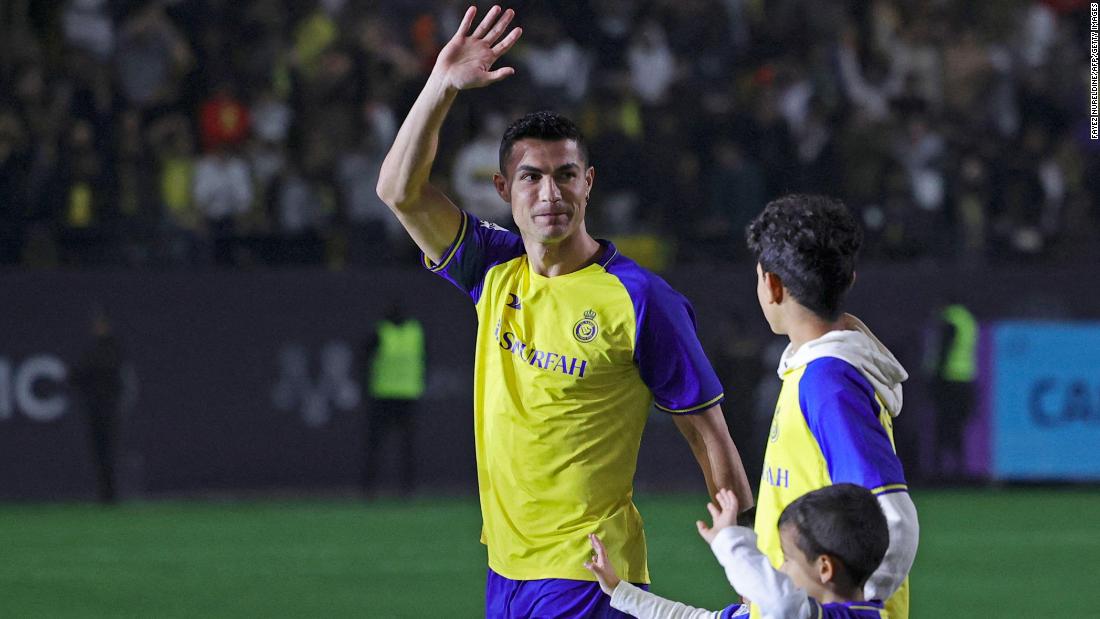


.png?Expires=1838763821&Key-Pair-Id=K2ZIVPTIP2VGHC&Signature=IO0~CT3pU-TcxGc~yoZSmoQx23MZVuK-~4jSii~NKEblRmyO3el7NXPu~Rh1o23voASg7hlcHLw4kvQuDK1jssEhcjoNBBvEpZ~GGOAU6yosBhpHpeF179F~h7i6VxmsBNh9gtTutkoqY73O2YCFey~IAqSzKbBqETP1kP9cAg1916Z1YkJJs-5MliMrkZ5d7-mWGLbpHp2wGj2VlMph8XzYlL4~y1O7fB~JdIS~Rs4RMRs2x0WT1qUIpHAsf3GdwtOyAmKFSpIg8xCyNGZZ5h~13nXlmpd7uPvW8tBfttpG9pFTqcway-uch5WyfHOEfi7UlJCOWrr6fCYY5PMgSg__)
